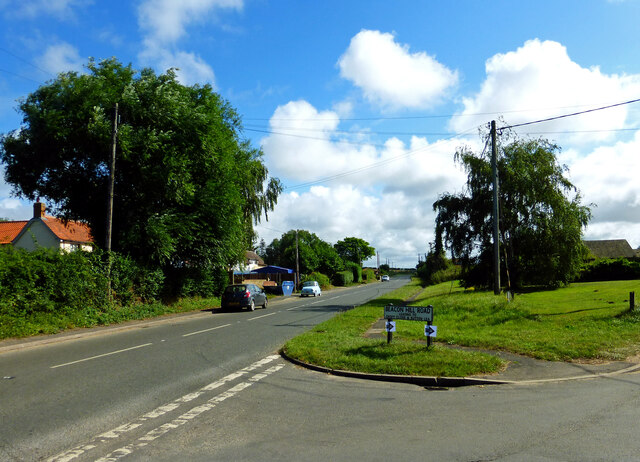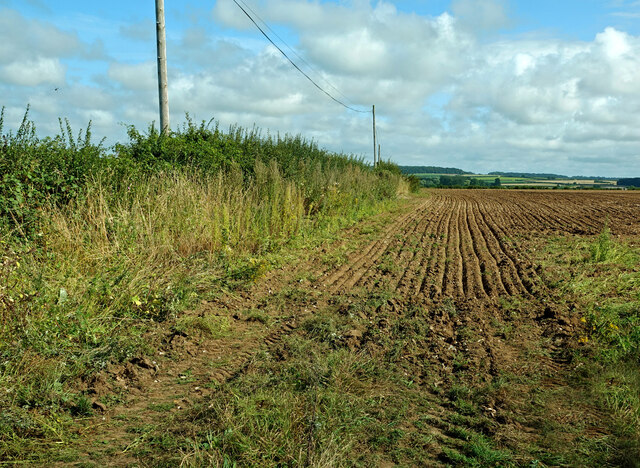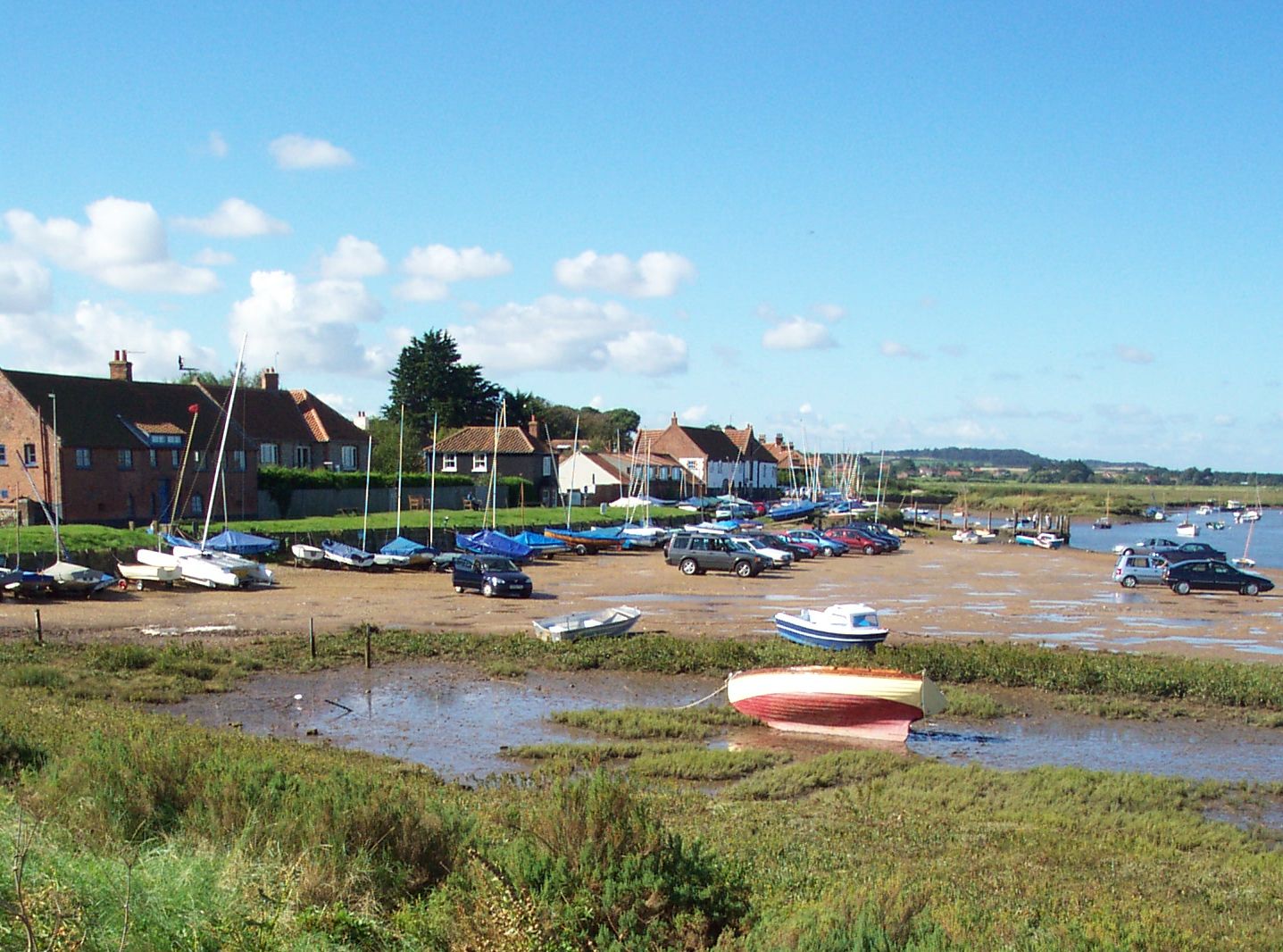Burnham Overy Town
Settlement in Norfolk King's Lynn and West Norfolk
England
Burnham Overy Town
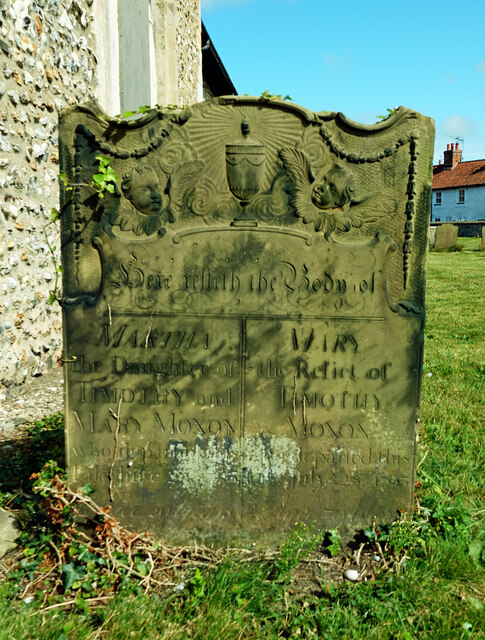
Burnham Overy Town is a small village located on the north coast of Norfolk, England. Situated within the larger Burnham Overy civil parish, it is surrounded by picturesque countryside and offers a charming rural setting. The village is positioned near the mouth of the River Burn, which flows into the nearby Brancaster Bay.
With a population of around 300 residents, Burnham Overy Town retains a close-knit community atmosphere. The village is known for its historic buildings, including a 14th-century church dedicated to St. Clement. This architectural gem features a striking tower and stained glass windows, showcasing the area's rich heritage.
Nature enthusiasts are drawn to Burnham Overy Town due to its proximity to the North Norfolk Coast Area of Outstanding Natural Beauty. The village serves as an excellent base for exploring the surrounding landscapes, which feature salt marshes, sand dunes, and pristine beaches. The nearby Holkham National Nature Reserve is a haven for birdwatchers, boasting a diverse range of species such as avocets and pink-footed geese.
Visitors can also enjoy outdoor activities like walking, cycling, and horse riding along the numerous trails that crisscross the area. The village itself offers a few amenities, including a village hall and a quaint pub serving traditional English fare.
Overall, Burnham Overy Town presents a peaceful retreat for those seeking a tranquil escape amidst Norfolk's stunning natural beauty.
If you have any feedback on the listing, please let us know in the comments section below.
Burnham Overy Town Images
Images are sourced within 2km of 52.951589/0.740904 or Grid Reference TF8442. Thanks to Geograph Open Source API. All images are credited.

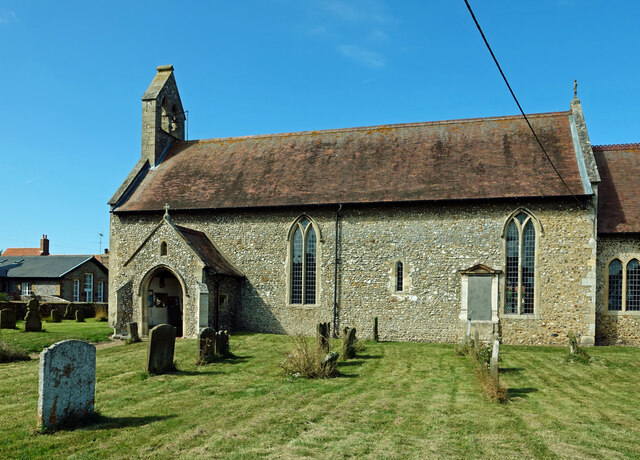
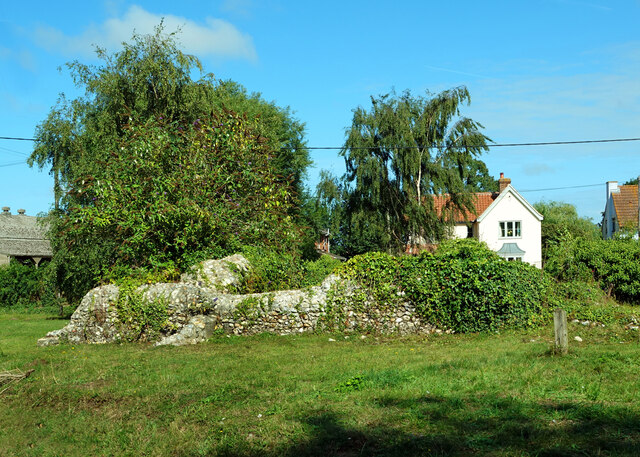

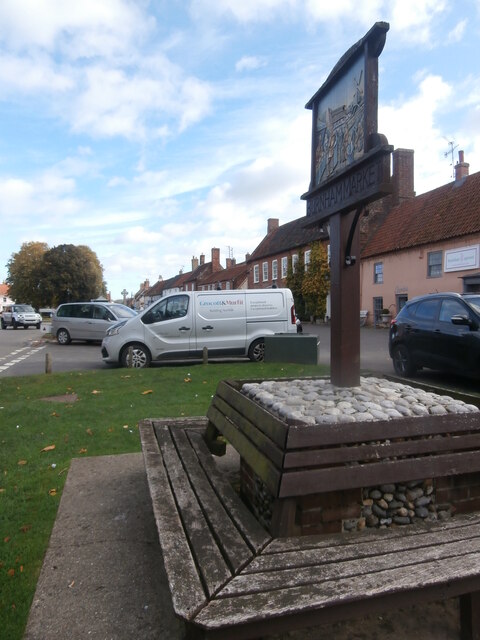
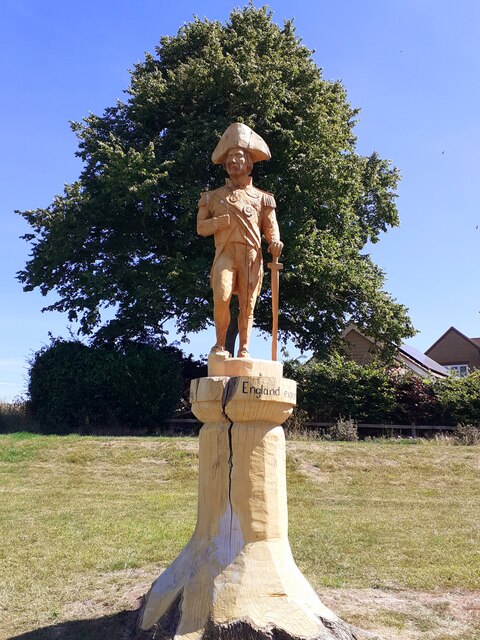

Burnham Overy Town is located at Grid Ref: TF8442 (Lat: 52.951589, Lng: 0.740904)
Administrative County: Norfolk
District: King's Lynn and West Norfolk
Police Authority: Norfolk
What 3 Words
///skews.batches.tastings. Near Wells-next-the-Sea, Norfolk
Nearby Locations
Related Wikis
Norfolk Burnhams
The Norfolk Burnhams are a group of adjacent villages on the north coast of Norfolk, England. The villages are located near a large natural bay named Brancaster...
Burnham Norton Friary
Burnham Norton Friary was a Carmelite (White Friars) friary near Burnham Market in Norfolk, England. It is now a ruin. The friary was founded by Sir William...
Burnham Overy
Burnham Overy is a civil parish on the north coast of Norfolk, England. In modern times a distinction is often made between the two settlements of Burnham...
St Margaret's Church, Burnham Norton
St Margaret's Church is a round-tower church in Burnham Norton, Norfolk, England. Likely to have been built in the 11th century, the building retains many...
Nearby Amenities
Located within 500m of 52.951589,0.740904Have you been to Burnham Overy Town?
Leave your review of Burnham Overy Town below (or comments, questions and feedback).
